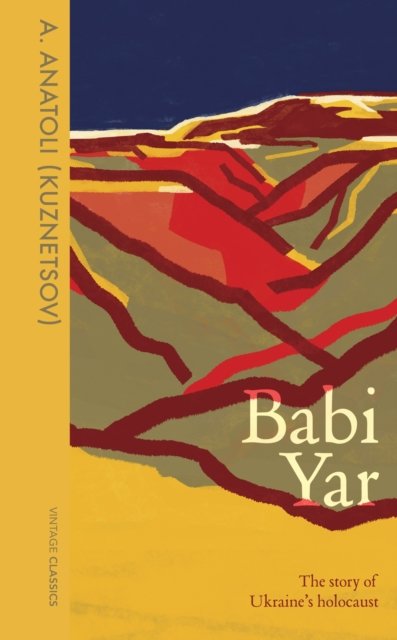The powerful rediscovered masterpiece of Kyiv during the Second World War, told by a young boy who saw it all.
'Read it and weep... Nothing I have read about that barbaric time has been as affecting as this gripping, disturbing book - rightly hailed a masterpiece' Daily Mail
'So here is my invitation: enter into my fate, imagine that you are twelve, that the world is at war and that nobody knows what is going to happen next...'
It was 1941 when the German army rolled into Kyiv. The young Anatoli was just twelve years old. This book is formed from his journals in which he documented what followed.
Many Ukrainians welcomed the invading army, hoping for liberation from Soviet rule. But within ten days the Nazis had begun their campaign of murdering every Jew, and many others, in the city. Babi Yar (Babyn Yar in Ukrainian) was the place where the executions took place. It was one of the largest massacres in the history of the Holocaust. Anatoli could hear the machine guns from his house.
This gripping book is the story of Ukraine's Nazi occupation, told by one ordinary, brave child. His clear, compelling voice, his honesty and his determination to survive guide us through the horrors of that time. Babi Yar has the compulsion and narration of fiction but everything recounted in this book is true.
'Extraordinary' Orlando Figes, Guardian
'A vivid first-hand account of life under one of the most savage of occupation regimes... A book which must be read and never forgotten' The Times
This is the complete, uncensored version of Babi Yar - its history written into the text. Parts shown in bold are those cut by the Russian censors, parts in brackets show later additions.


